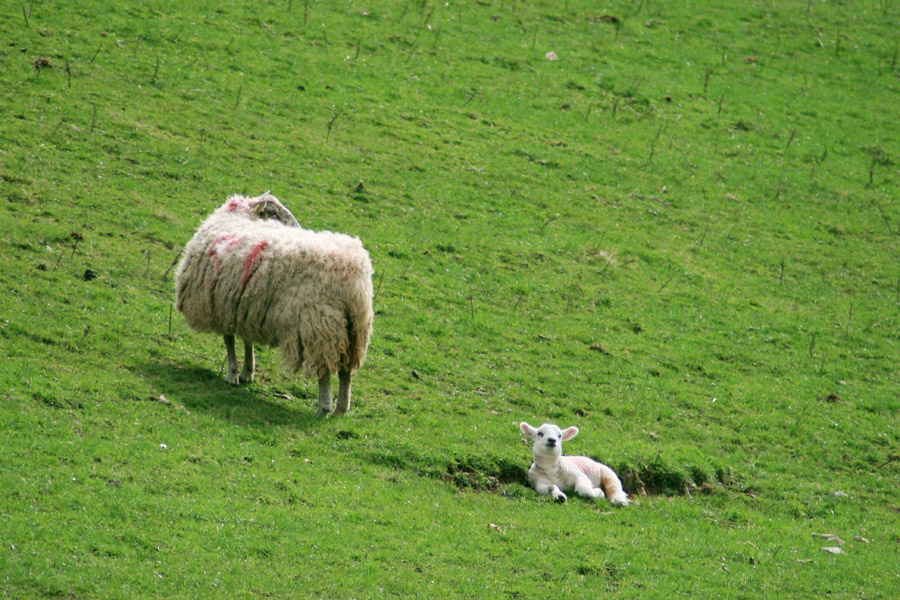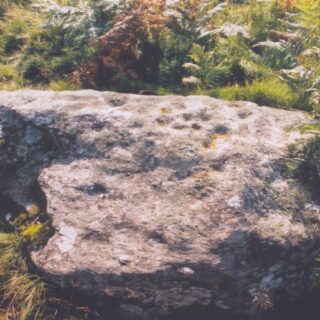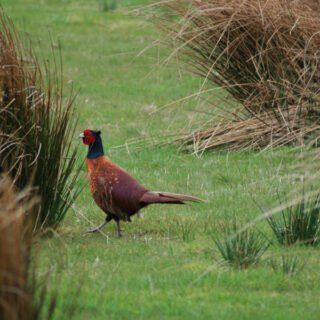With the weather forecast to be “changeable” today, we packed our waterproofs and headed down into Berwickshire aiming to visit Edin’s Hall broch.
There are only a handful of brochs in the southern half of Scotland – there are hundreds in the north and on the islands – and Edin’s Hall is considered to be one of the best preserved.
The fields next to the parking area were full of sheep and their new lambs, enjoying the sunshine which had materialised.


The path to the broch took us through Avenue Wood, the approach to Retreat House, before branching off to cross the suspension bridge over the Whiteadder Water at Elba. It then follows the old flood plain of the Whiteadder before starting to gradually climb the lower slopes of Cockburn Law. As we reached the crest of the ridge we could see the remains of the stone ramparts of the fort in which the broch stands, and then the broch itself appeared on the horizon.

Edin’s Hall broch is thought to have been built in the first half of the second century AD and is pretty huge compared to other brochs, with massively thick walls.

The entrance to the broch is on the south-east edge, and passing through it reveals the huge circular space enclosed within.

Clicking the photo below will open a panorama image in a new window to give you a full-width view of the broch.

Within the thickness of the walls are several chambers, including two inter-connected ones to the west.

Entering another of the chambers reveals a staircase which would originally have given access to upper levels in the broch.
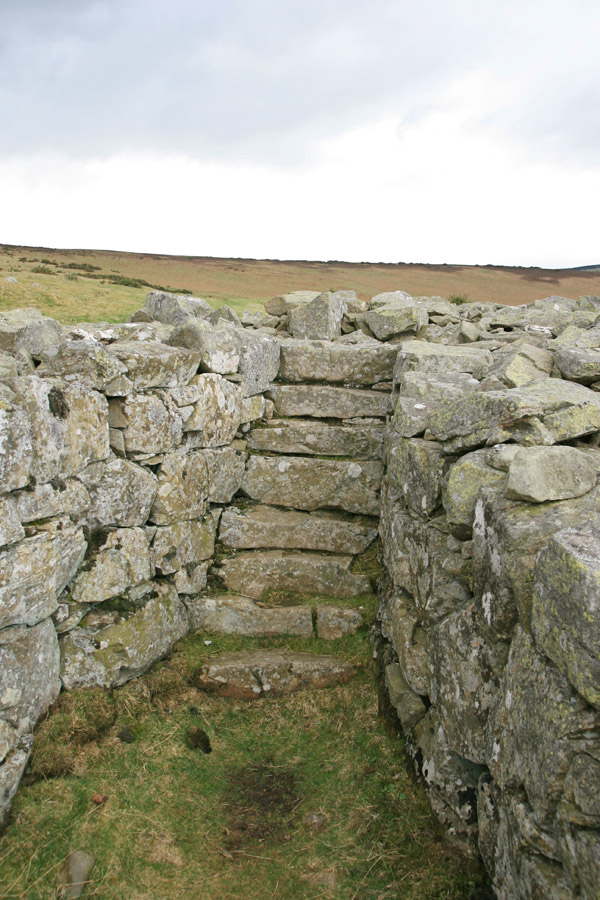
It was starting to get pretty windy now, and without much warning the dark, brooding clouds overhead opened up and torrential rain began to fall. It still looked like good weather down by the Whiteadder, so we had a quick look around the interior of the fort, which contains hut circles and various piles of stones, then headed back down the slope.

Almost as soon as we were off the ridge the rain stopped. We spotted a pair of oyster catchers poking around in a puddle above the river, but as we got closer they took flight and headed up the hill.
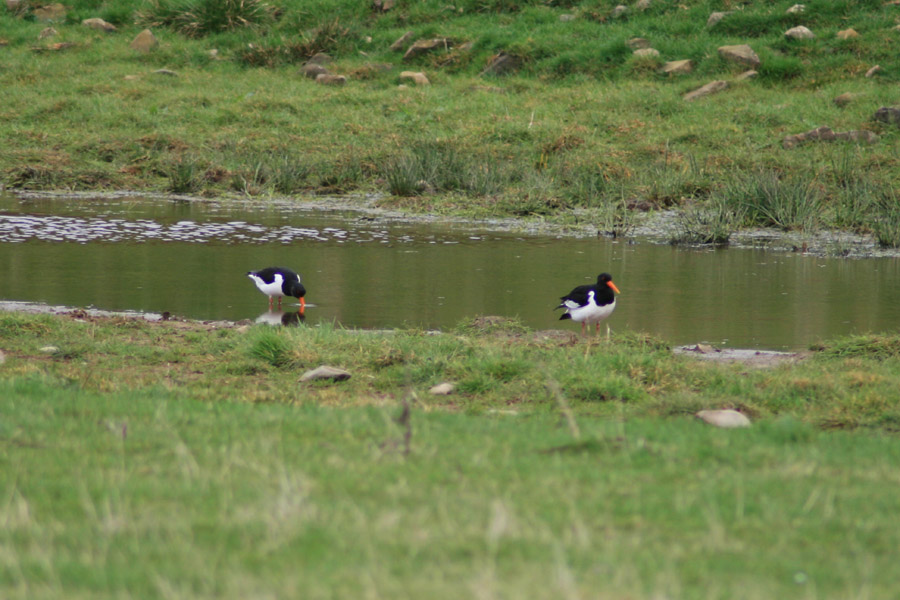
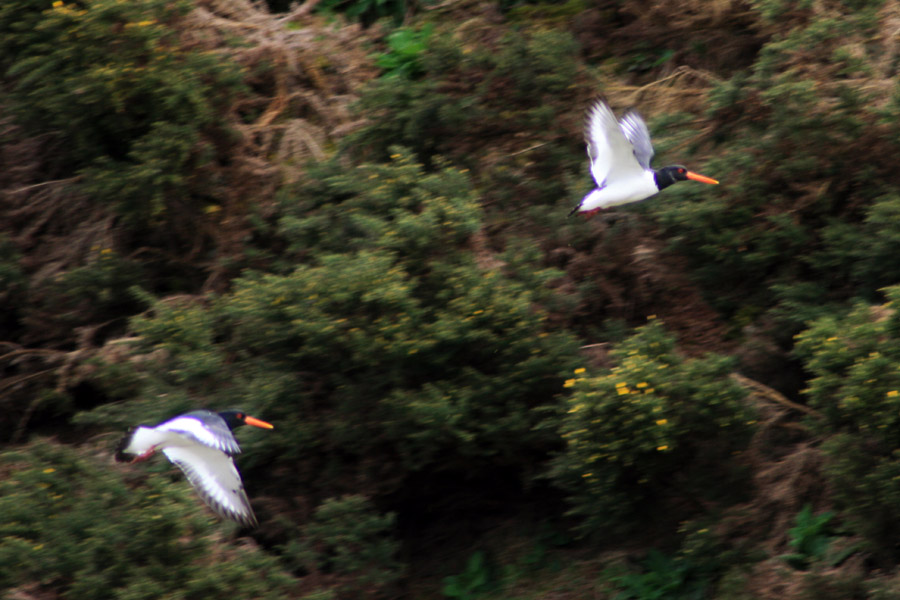
As the path got closer to the Whiteadder we were able to look down onto the river, and saw a male and female goose swimming along. At first glance I thought they were Mallards, but they’re not. I haven’t been able to identify them, so if anyone knows what they are, please let me know!
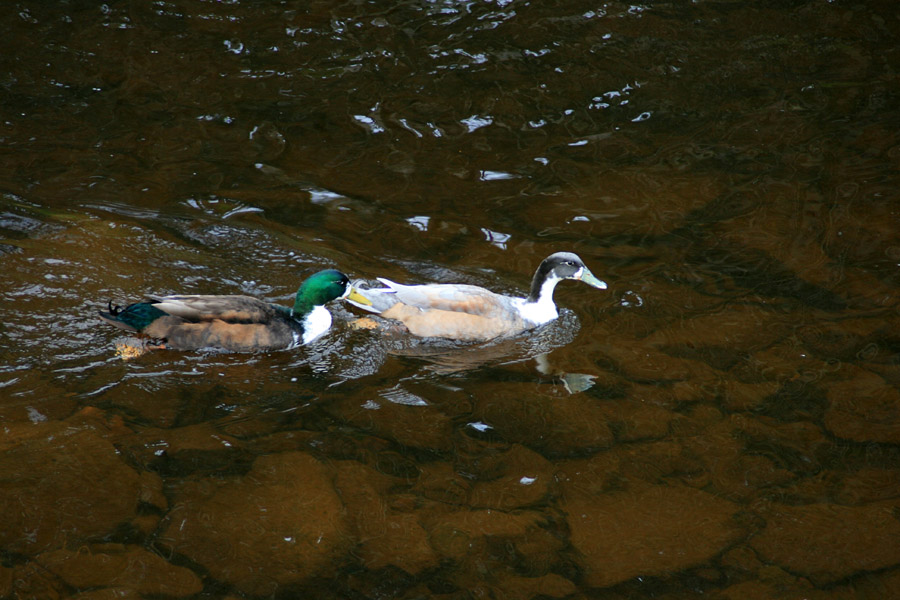
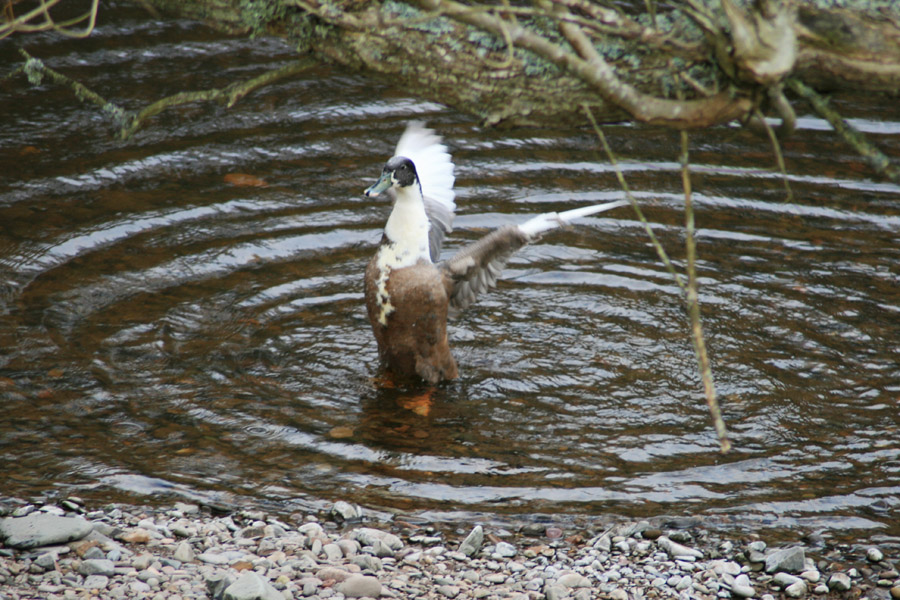
As we walked further along the high bank above the river we noticed lichen growing on some trees, twisting and entwining itself around the branches into fantastic forms.

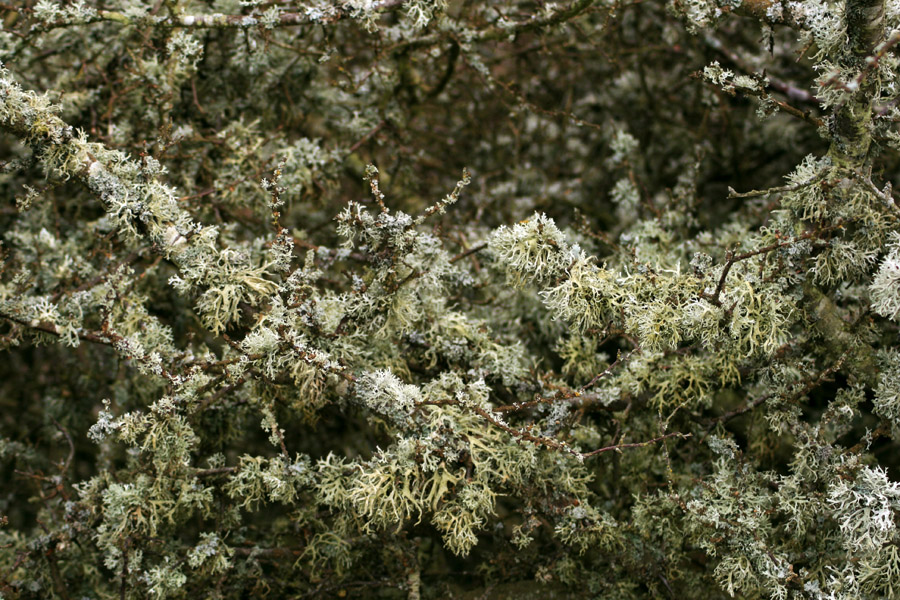
Eventually we made it back to the car, and while we were sorting ourselves out the sheep were becoming increasingly inquisitive.
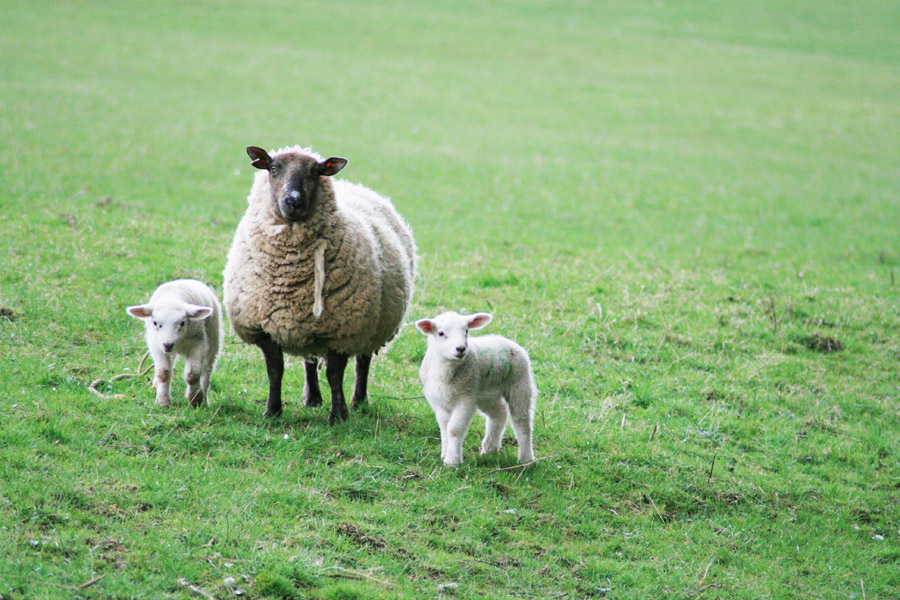
We drove the short distance to Bunkle Castle, and in so doing drove into more torrential rain. Waterproofs back on, we clambered through the undergrowth to reach the gate that gives access to the castle.
There has been a castle on this site since the 11th or 12th centuries, but what you can see today probably dates to the 14th or 15th centuries. The first thing that you see is a massive corner section of castle wall with a small window in it, possibly part of a gatehouse.



The platform on which the castle stood is still obvious, although it’s slightly overgrown with grasses and weeds. No trace of the buildings from the interior of the castle now remain above ground, but a 20 metre section of the castle’s curtain wall still stands on the edge of the site to the south-west.

It was really pretty wet, so we didn’t spend too long at Bunkle, and headed south to Duns, where the weather improved considerably.
We had wondered about climbing Duns Law to see the fort there, but decided it was a bit late to be starting that and instead went for a walk in the grounds of Duns Castle.
Although the castle itself is private, some of the grounds are open to the public. The road up to the castle passes a small cairn commemorating John Duns Scotus, considered to be one of the more important philosophers of the Middle Ages, who may have been born here.
The cairn is just outside the Pavilion Lodge, an 18th century gatehouse to the east of the castle which can be rented out as holiday accommodation.
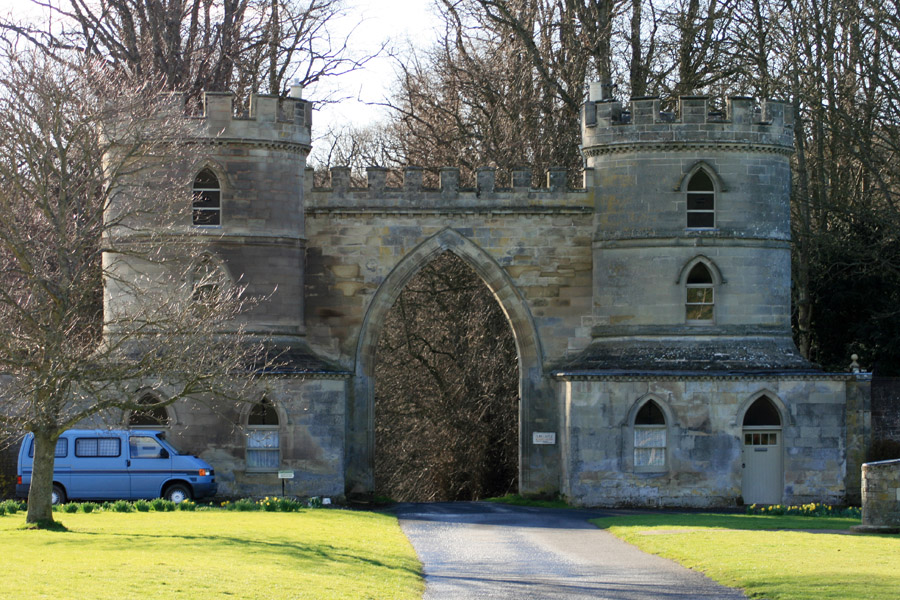
Through the arch is the main driveway to Duns Castle.

But we turned right here, taking a path to the Hen Poo, a man-made loch behind the castle. There was a cacophony of noise coming from the loch, made by a mix of gulls, ducks, geese, moorhens and coots. The ducks and the geese were the bravest, coming up to us in search of food.
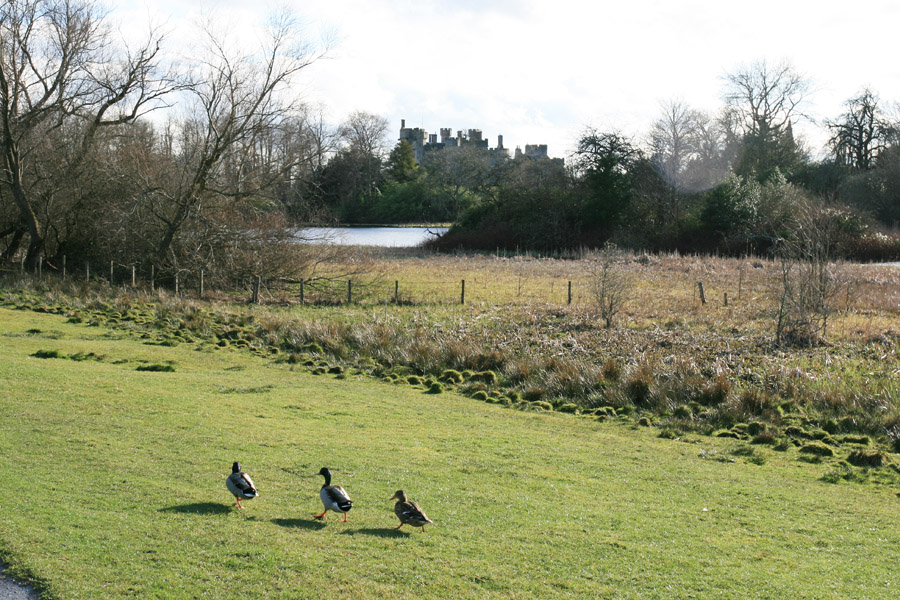
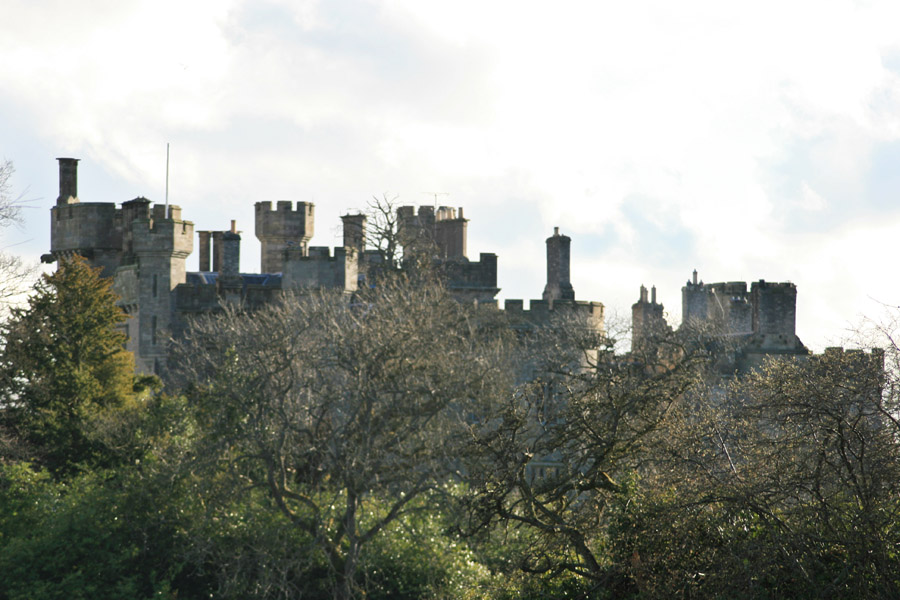

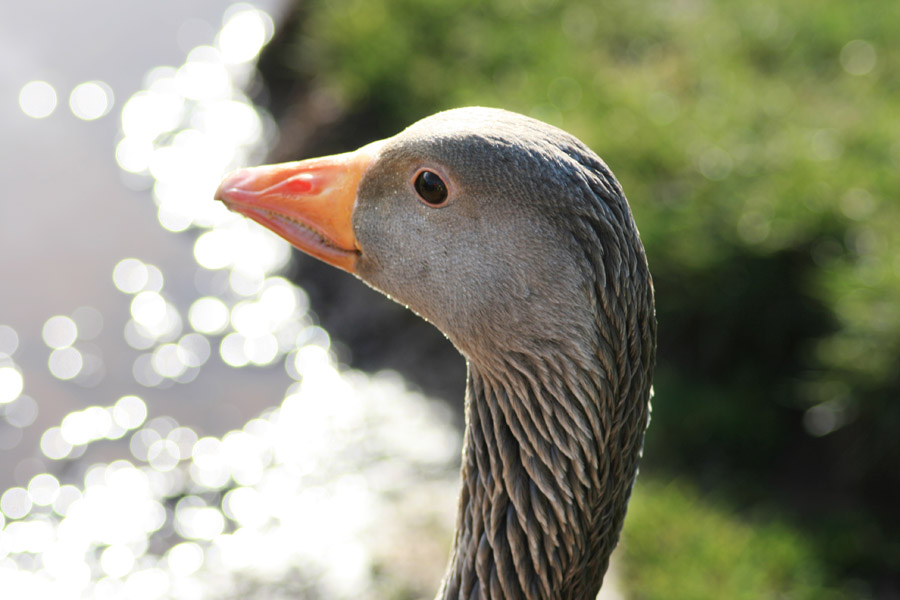
With the birds fed with what we had on us, it was time to head home and feed ourselves.
